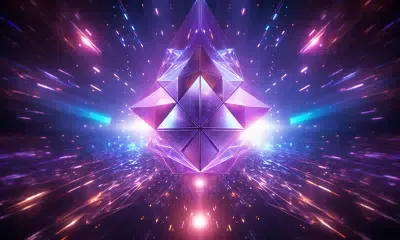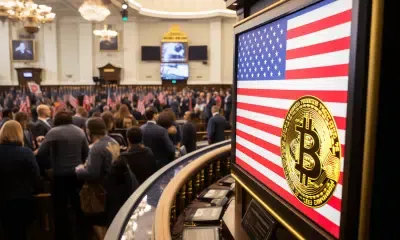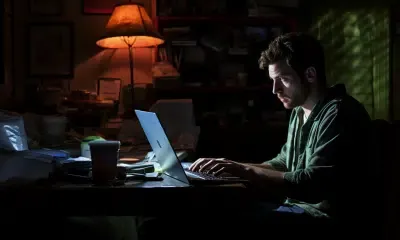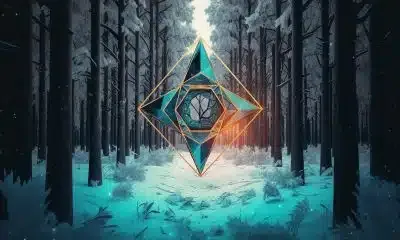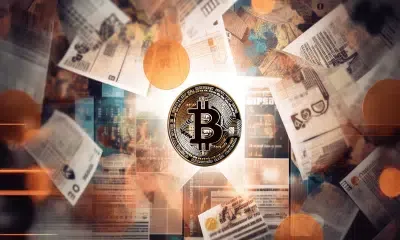How to Create Your Own NFT like CryptoPunks: A Complete Guide
You can create your own NFT using the steps in this article, much like CryptoPunks. You’ll discover the fundamentals of NFTs, how to create your own NFT, and how to mint and market it.
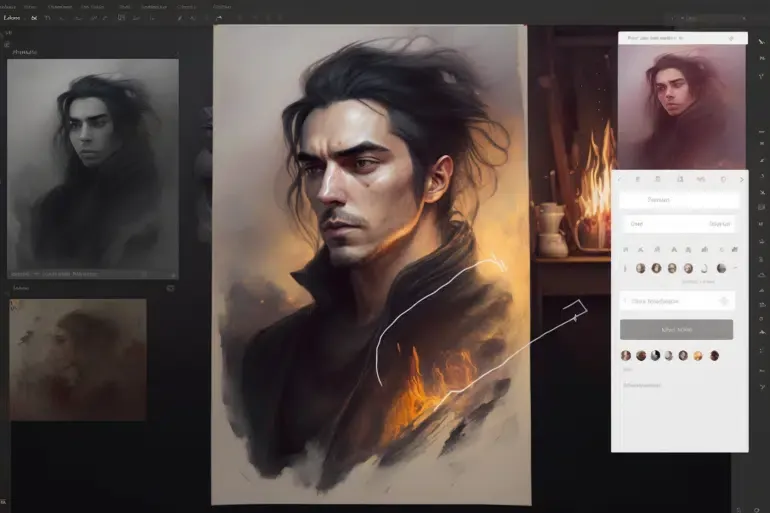
Currently, a number of musicians and artists have begun the process of developing NFTs to display their work on a worldwide scale. In this regard, digital collectibles have gained a lot of popularity lately, following in the footsteps of art and music. This has resulted in great excitement in the realm of NFTs over one-of-a-kind collectibles such as CryptoPunks. If you want to create NFT like CryptoPunks, keep reading.
The non-fungible token (NFT) project known as CryptoPunks was built on the Ethereum Blockchain. It is essentially a style of art that takes the shape of a 24×24 graphic and has a specific avatar at its center.
There are around 10,000 different CryptoPunks available on the market, and each one has its own personality. The value of these CryptoPunks has surged as a result of the interest that several individuals have shown in such collectibles.
In this blog, we are going to walk you through the process of understanding how to create an NFT project similar to CryptoPunks, which is an NFT business that has generated $1 million.
Step-by-step guide to creating your own NFT like CryptoPunks

Creating your own NFT like CryptoPunks – Image via Pixabay
Step 1: Research and develop your NFT idea
Before creating an NFT, it’s important to conduct market research and carefully plan out the concept of your digital asset. Consider what type of artwork or digital asset you plan to use and how you can make your NFT stand out from the competition. What makes it unique? How does it offer value?
Step 2: Choose an NFT platform and wallet
Once you have a clearer idea of what you are offering, you need to decide which platform to use for your NFT. Popular choices include Ethereum, Wax, and Flow, each with its own advantages and disadvantages. You also need to choose a wallet that will allow you to store, manage, and sell your NFTs securely.
Step 3: Create your artwork and digital assets
This is where your creativity comes in. You’ll want to create a unique design that captures the essence of your idea while being visually appealing.
If you don’t feel confident in designing yourself, consider hiring an artist or using pre-made art assets available online. Once done, save them as PNG or JPEG files so they can be uploaded as part of the minting process.
Also, learn how to evaluate and authenticate NFTs and stay safe.
Step 4: Mint your NFT
Once your artwork is ready, it’s time to mint your asset on the chosen platform. This involves specifying parameters such as token type (ERC721), name (the title given to the asset), image URL (the link which points towards the image file), description (a short blurb about the asset), total supply (the number of tokens created), and royalty percentage (if any).
Depending on which platform is used, this process may require different steps. For example, on Ethereum, these steps are performed via a smart contract written in Solidity code language, whereas on Wax, it is completed via API calls within their dashboard.
Step 5: Set your NFT’s price and royalties
After minting your asset, the next step is setting up pricing for it, both initial purchase cost as well as any future royalties associated with it, if applicable. This allows buyers to know upfront what they will be paying for each token when making purchases from other investors or collectors.
Different platforms vary in terms of options available here, so be sure to check their documentation before proceeding further with this step if necessary.
Step 6: List and sell Your NFT
Now that all setup is complete, all that remains is to list and market your new asset for sale. Several markets are available where users can showcase their creations, such as OpenSea and Rarible.
Additionally, some platforms, like Ethereum, offer native support for trading tokens directly from within their wallets.
Make sure to research potential options before deciding on one over the other to determine which best fits your needs.
Now, you can even use NFTs in decentralized finance (DeFi). Get started today.
Tips for designing an eye-catching NFT

Designing NFTs – Image via Flickr
Choosing the right style, theme, and quality of images is essential for achieving this goal. Furthermore, adding animation or interactive elements can further increase engagement with your asset and help it stand out in a crowded marketplace of competing designs.
Tip 1: Research popular NFT designs
Researching popular NFT designs is a great way to uncover eye-catching design trends that your audience may be attracted to.
Tip 2: Choose a unique style and theme
Popular designs often incorporate unique styles and themes, such as animals, fantasy scenes, or abstract visuals.
Tip 3: Use high-quality images and graphics
High-quality images and graphics are also essential for creating an attractive design. It’s important to ensure your images have a high resolution so they can look their best when printed onto the NFT asset.
Tip 4: Consider adding animation or interactivity
Additionally, you may consider adding animation or interactivity to your design. This can help make your asset stand out from the crowd and give it more appeal.
Animations can take many forms, such as simple GIFs or more complex animations with advanced features like sound and voiceover. Interactive elements can also be added, such as rotating 3D models or art that changes based on user interaction.
How to promote your own NFT and sell it
Tip 1: Promote your NFT on social media and NFT marketplaces
Utilize social media platforms to create awareness of your NFT. This includes sharing images and videos of your work, engaging with followers, creating hashtags for your artwork, and networking with other NFT creators and collectors.
Consider using popular NFT marketplaces such as OpenSea, Rarible, SuperRare, or Bondly to list your NFTs for sale. Many of these platforms charge a fee, so be sure to check their terms and conditions before signing up.
Tip 2: Collaborate with other NFT artists and collectors
Connecting with other NFT artists is a great way to build relationships in the community and reach potential buyers. Invite other artists to collaborate on projects or reach out to collectors who might be interested in your work.
Tip 3: Participate in NFT auctions and events
You can also promote your art by participating in online events such as virtual art shows or auctions. This gives you the opportunity to network with like-minded people and potentially make sales.
Technical considerations
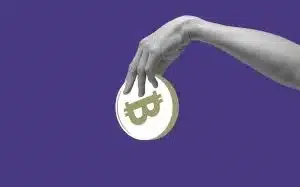
Technical considerations for crypto – Image via Getty Images
Smart contracts
In order to mint an NFT on the blockchain, you need to deploy a smart contract that will define the rules of ownership for each tokenized asset.
Writing a secure smart contract requires knowledge of various programming languages such as Solidity, so it’s important that you understand all aspects before getting started.
Wallets
To store your digital assets securely, you will require an Ethereum wallet. Popular wallets include Coinbase Wallet, Metamask, Trust Wallet, and MyEtherWallet (MEW). Make sure you back up your private key in case you ever lose access to it!
Gas fees
When transacting on the blockchain, you are charged fees known as “gas,” which are used by miners to incentivize them to process transactions faster. Be sure to budget accordingly when purchasing or selling an NFT, as gas fees can become quite expensive over time.
Security
Once deployed, you should always keep track of updates related to security vulnerabilities to ensure that your code is safe from malicious attacks.
Potential risks and benefits of creating an NFT
Risk 1: NFT market volatility and lack of regulation
NFTs are a relatively new technology, and the market is still developing. The lack of established regulations, combined with the high volatility in NFT prices, can pose a significant risk for those who create NFTs.
There have been instances of wild fluctuations in the price of certain NFTs, which could lead to unexpected losses for creators.
Risk 2: Copyright and ownership issues
Certain legal rights associated with copyright law may be difficult to establish or enforce when creating an NFT. As the creator, you must fully understand your rights as well as any potential ownership issues that could arise from selling or trading your creation.
Depending on the type of digital asset created, there may also be other regulatory considerations that need to be taken into account, such as applicable securities laws.
Benefit 1: Potential for high profit and recognition
By selling their creations as non-fungible tokens (NFTs), creators have the potential to earn high profits from their work while also gaining recognition in the digital marketplace.
As more people become aware of how blockchain technology works, demand for innovative and unique NFTs is likely to increase, which could result in higher prices being paid for NFTs by collectors.
Benefit 2: Freedom and autonomy as an NFT creator
Unlike traditional forms of art such as sculptures or paintings, creating an NFT allows artists much greater freedom and autonomy over their work.
By using blockchain technology, creators can ensure that their works are immutable and securely stored on a distributed ledger system without having to rely on third-party intermediaries or companies for authentication or payment processing services.
Meet fellow NFT enthusiasts and expand your horizons at these top NFT events in 2023.
Takeaway
If you are looking to create your own NFT marketplace in the fashion of CryptoPunks, this comprehensive guide has provided plenty of tools and resources that can help make that dream a reality.
The most important piece of advice to remember is to do your research and study the existing protocols carefully to understand their specific use cases. After learning the key ingredients, you can design and develop customized NFTs for an unforgettable, unique user experience.
With cultivation, dedication, and practice, you can also transform from a crypto-curious to a savvy crypto creator.

